
A huge number of people are traveling every day by plane. Today we will share some flight secrets that are never told to passengers as we take to the skies, from the reality behind bad airline food to how to choose the safest seat and many more.
1. PREPARE FOR BOARDING
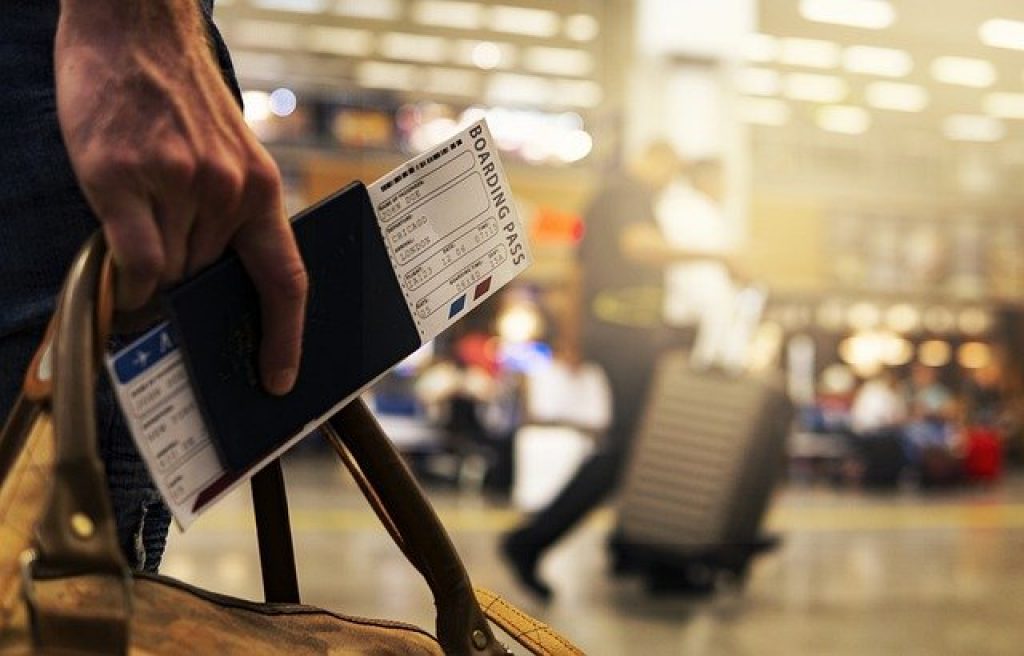
Prepare to embark on one of the most stressful parts of plane travel. There you go, you’ve gone through airport security. You finally get to the gate, only to find a huge line of passengers waiting to board your flight. What most people don’t realize is that there isn’t much point in rushing to join the queue. As with most airlines, passengers are assigned specific seats. And while some airlines want passengers to board in groups, you don’t have to follow this rule. Boarding is the easiest way to minimize boarding times.
So, assuming you have hand luggage, the overhead storage is not too big and difficult to fit. There is really no point in standing, waiting in line, or waiting for a seat. Your name is already on it. Towards the end of boarding, there are also fewer people blocking the gate area and jet bridge, speeding up the process overall. While you’re waiting, why not take a look at your boarding pass? There is a six-digit alphanumeric code that appears on most boarding passes.
A passenger name record, which is used to identify individual passengers with the same name, is called The code, which is recorded in a computer reservation system database that includes flight itineraries for each passenger, can reveal a lot about you, including your date of birth and contact details. This is one of the main reasons why you should never throw your boarding pass in a public trash can. Among other things, in the database, this code corresponds to credit card information, passport details, as well as an IP address if booked online. But if the code associated with all your personal information sounds scary, I hope you never find it.
2. NEXT CODE ON YOUR BOARDING PASS
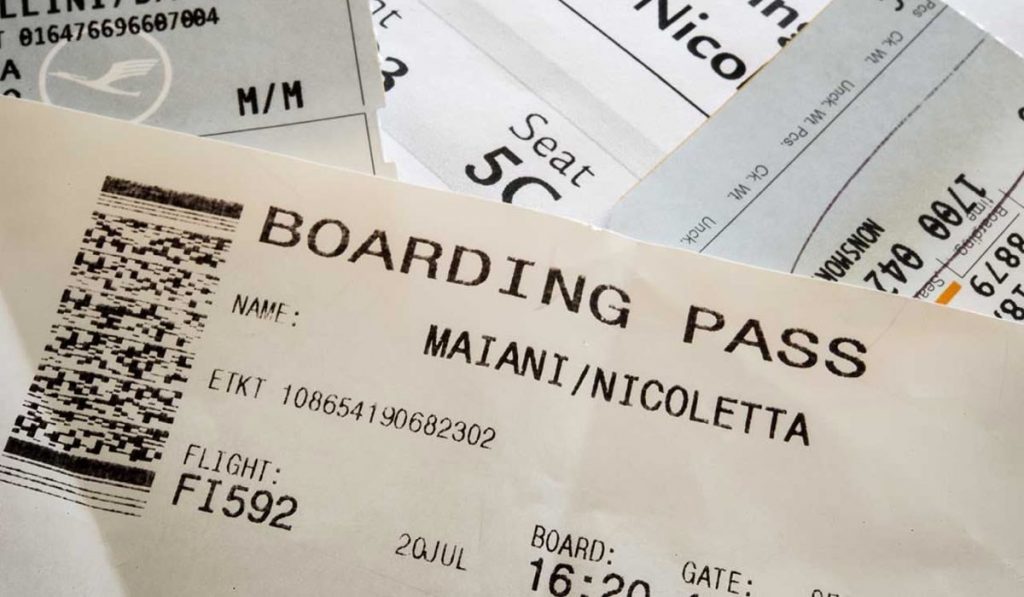
Passengers who receive a 4-S code on their ticket may find themselves going through additional security checks, Why? Short for secondary security screening selection. This code is added to the boarding passes of passengers that airlines consider suspicious. And some things that may seem perfectly innocent to us look suspicious to airline officials. Last-minute travelers, one-way fares, and buying tickets with cash can all seem a little daunting to the guys at the airport security desk, So don’t try.
3. STRIKING SOLUTIONS
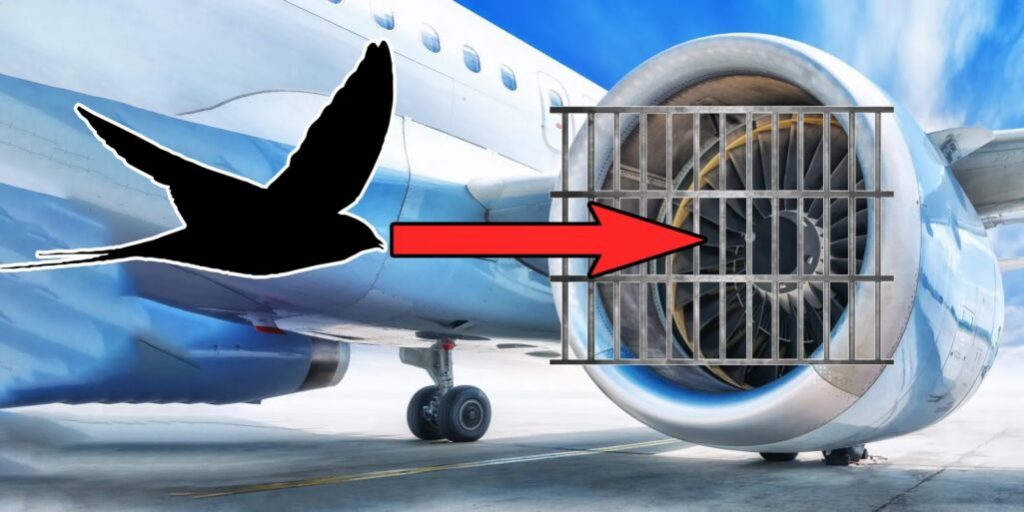
Amazing solution: Airplanes are very heavy pieces of machinery, it’s crazy to think that an average-sized commercial airplane has a maximum takeoff weight of about 175,000 pounds, with 90,000 pounds of fuel plus 45,000 pounds of passengers, Passengers of value are also included. Despite their size, airplanes still suffer from some problems in the air. Often due to other things that live up there in the sky. It goes without saying that collisions between planes and birds often don’t go well for the bird, but they can still do some damage to the plane if they hit it at high speed. As you can see here with this Turkish Airlines plane that hit a bird in 2015, Fortunately, the passengers were all fine, but the bird, not so much.
More than 13,000 birds are killed by airplanes in the US annually, sometimes so severely that they can knock out the plane’s engines. And as you can imagine, walls and fences aren’t very effective at keeping birds off airplane runways. Airports therefore have to take creative approaches to prevent bird-related accidents. cannons to keep feathered friends away from the airport, while other airports make their environments less bird-friendly by filling in ponds and replacing grass with gravel. Salt Lake City’s airport, meanwhile, mitigates its wing-mutilation problem by roping pigs and eating gull eggs.
At other airports, such as Tarbes–Lourdes–Pyrénées Airport in France, a large pair of LED screens with googly eyes act as a kind of aviation scarecrow, to scare away birds of prey, but this It’s not just birds that airports have to worry about. Extreme weather isn’t really something that can be scared off with a dirty look from a pair of LED goggles, try for the crazy loss. The nose end of this jet took a real hit from hail as large as golf balls after flying through the blizzard. The windows were so shattered that the pilots had to land the plane almost completely blind. Miraculously, no one was hurt.
The airline’s purse had to pay for the repairs. Hailstorms are one thing, but some nervous fliers also worry about the possibility of lightning striking the plane, which seems unlikely. It’s actually estimated that every aircraft in the US commercial fleet is struck by lightning at least once a year, and while that may sound scary, it’s actually not as dangerous as you might think. Before the aircraft goes into service. It passes. Lightning strike simulations, which test its conductivity. It ensures light, can travel uninterrupted through the outer shell of the aircraft and return to the sky through an extremity such as the nose or wingtips, leaving the occupants completely unharmed, except for underpants, Or for two broken couples.
4. DUMP DROP
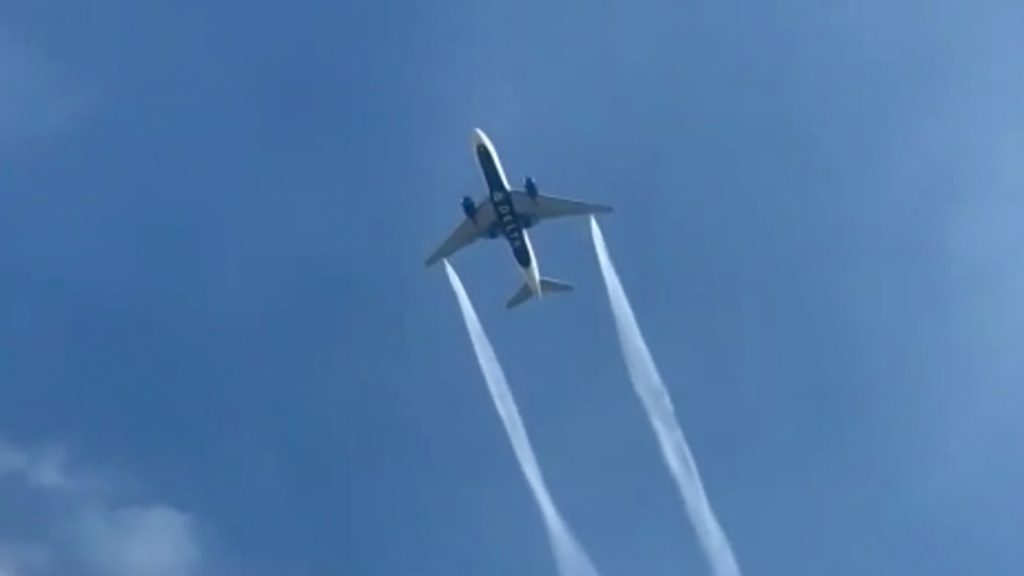
Dump Drop Have you ever used an airplane bathroom and wondered where you were dumping your waste? Well, contrary to popular myth, airplane toilets are not allowed to empty in the sky, but of course, accidents happen. When you flush an airplane toilet, a strong suction removes the waste using a very small amount of water, saving the weight and space of the airplane. At the end of the flight, the mixture is sucked into a tanker at the airport and then dumped.
However, the frozen piece of pulverized Smurf you see here is made of this delightful cocktail of human waste and blue liquid disinfectant and was found on the ground surface. In 2017, there were at least 27 documented cases of people falling from planes. Blue ice meteors of this type were observed in the United States between 1979 to 2003, including instances of blue ice falling from roofs below airport runways. While there are no procedures in place that allow pilots or flight attendants to pull any kind of blue-poopy prank, septic tanks on airplanes sometimes leak intentionally. So, if you ever find a big chunk of blue snow in your backyard, trust me, it’s not a blueberry popsicle.
Don’t lick it, but while we’re on the subject of mile-high toilets, I bet you didn’t know there was a secret way to open an airplane toilet from the outside. The next time a child gets locked in an airplane bathroom or you feel like getting kicked off the plane for being particularly creepy with a stranger, you can use just one finger. Easily opened from the outside, most cabin bathrooms have exterior locks mounted behind a metal bathroom sign; likewise, flight attendants can use them in an emergency. To open it, just lift the toilet sign, slide the knob into the unlocked position, and then make a run for it before the flight attendants grab you like the badass you are.
5. FOOD FOR THOUGHT
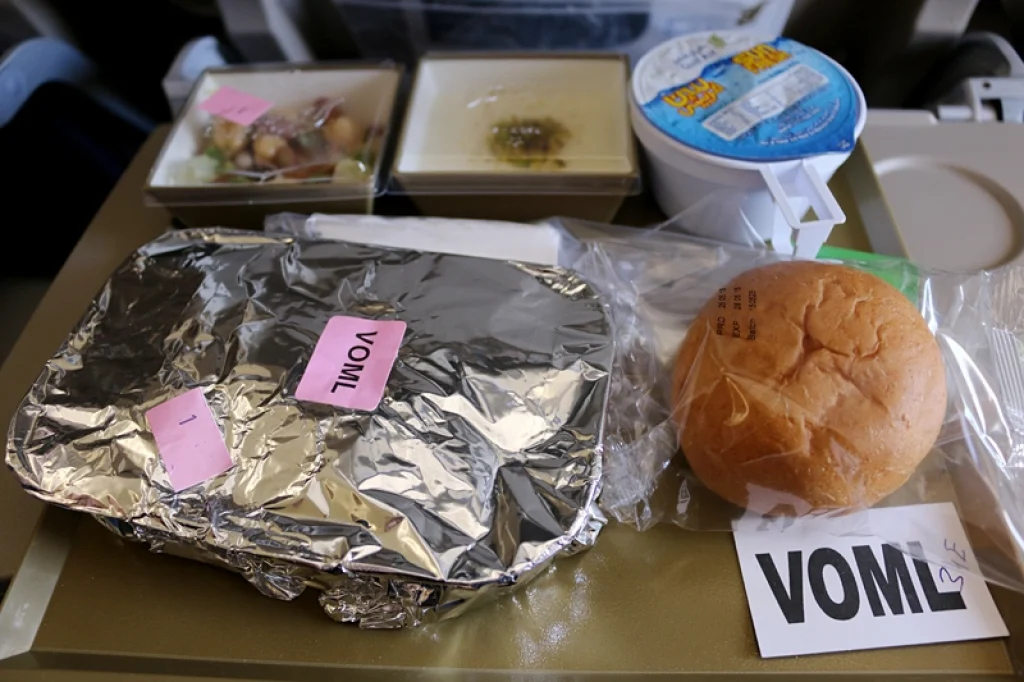
Food for thought Everyone knows that food on airplanes is awful, but have you ever stopped to think about why? What’s the deal with airplane food? At the airport and is usually prepared between 12 and 72 hours before a desired flight. Contrary to popular belief, most airline meals are not frozen but instead are delivered chilled to the aircraft for flight attendants to reheat on board. Some luxury. Even airlines have in-flight chefs and kitchens like the ones found on board some Etihad Airways flights, and yet food in the air doesn’t quite match up to a five-star restaurant on the ground.
How bad does food taste? It turns out that it actually comes down to basic human biology. Air humidity levels in airplane cabins are as low as 10 percent, which is surprisingly drier than the Sahara desert. After spending a little time in an airplane cabin, your tongue’s ability to taste sweet tastes drops by 15 to 20 percent, while the ability to taste salty tastes drops by 20 to 30 percent. In an effort to combat this, some airlines drastically increase the amount of salt and sugar in their meals. So you’re probably consuming more calories than you think by eating in-flight during this time. If tasteless in flight Food is getting you down, actually, there is something you can do about it. It turns out that donning a pair of noise-canceling headphones is just the ticket to making the air taste better.
6. SNAKES ON A PLANE
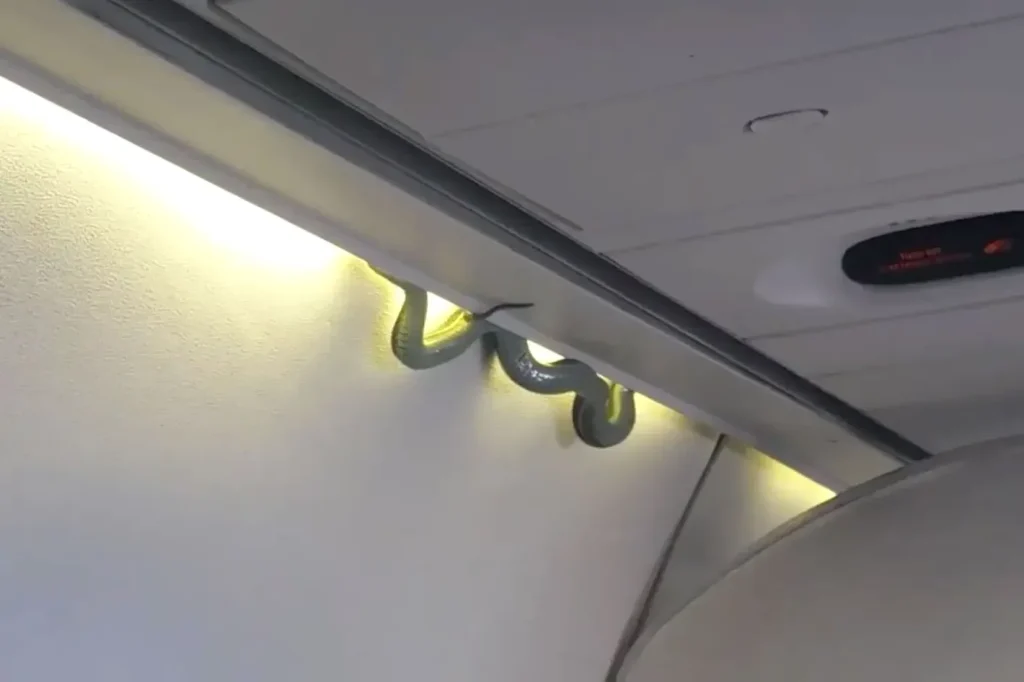
Snakes on a plane With hundreds of passengers responsible for their safety, it’s no wonder that an airline pilot is often rated as one of the most stressful jobs in the world. While job stress is one thing, imagine spending hours stuck in a tiny cockpit with a co-pilot you really dislike. Well, with the stakes so high, avoiding pilots and working with someone they don’t like is considered acceptable in the industry.
a matter of life and death.
To help reduce any airborne tension, each captain and first and second officer receive a non-pairing list on which they can list the names of co-workers they are flying with. do not wish to participate, applications are submitted on a monthly schedule. And an approved list of flying names is put into airlines’ schedules, preventing two opposing pilots from ending up in the same cockpit. Although it may seem like a bit much, being distracted by workplace hostility can lead to a very serious accident, especially during take-off and landing where attention is needed the most. Is. If only every job were guaranteed, such pleasant co-workers would exist.
7. THE SAFEST SEAT

The Safest Seat Contrary to what movies and TV shows might have you believe, air travel is actually one of the safest modes of transportation, and you’re less likely to die in a commercial airline plane crash. The odds are staggering at one in 3.37 billion. Despite the facts, nearly one in three Americans has a fear of flying, and that fear has led many to wonder where the safest place to be is in the event of an incident in the air. In the past 35 years, as documented by Time magazine, an answer has been found.
Time found that historically, seats in the back third of the plane had an average survival rate of 68 percent, compared to 62 percent in the front and 61 percent in the middle. Third, you might think that an aisle seat would be one of the safest places to board an airplane because it gives you quick access to the various emergency exits on the plane; however, according to statistics, aisle seats in the middle third are the worst places to be in an airplane crash, with a survival rate of 56%. Meanwhile, the middle seats, especially at the back of the plane, are the safest and give you a 72% chance of avoiding a crash landing.
8. SKYBOUND SECRETS
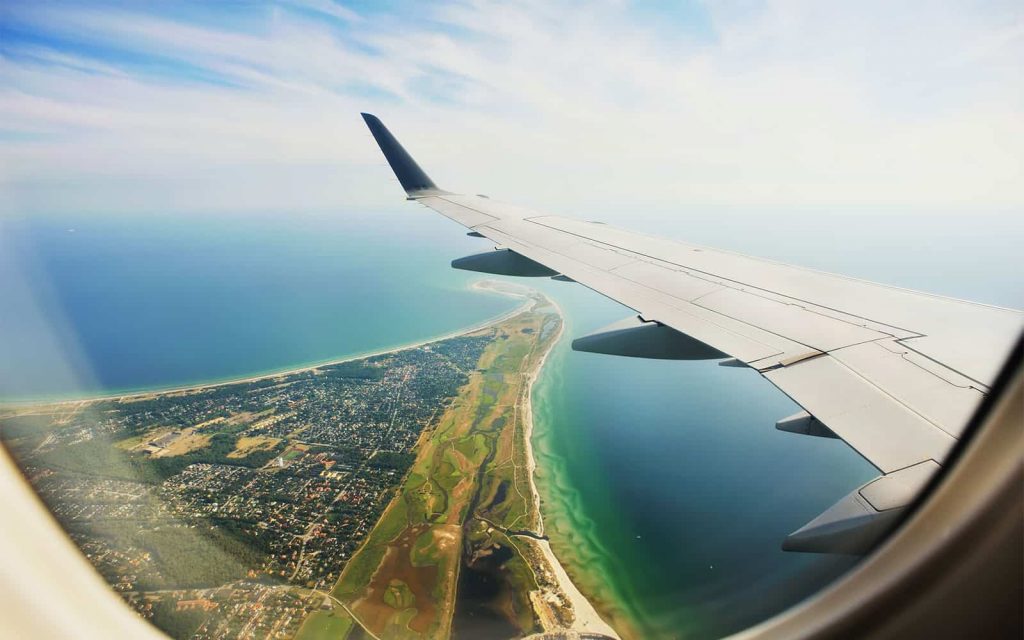
We noticed a small hole in the lower right side of the window. Well, as small as it may seem, it’s actually one of the most powerful safety features in airplanes. But why is it so important? As air pressure decreases as you fly higher, airplanes are designed to maintain air pressure inside the cabin at a safe and breathable level. strong While a typical single-pane window would easily break at this altitude, Aircraft windows are made of three strong panels of acrylic, the outer window is to keep out the elements and maintain cabin pressure.
If something were to happen to this first panel, the second panel acts as a fail-safe. Meanwhile, the panel inside the cabin provides a last line of defense while keeping your hands out of harm’s way to avoid harming others. The small hole I mentioned, known as the bleed hole, is located in the middle pane, and its main purpose is to balance the air pressure between the middle and outer panes. It also prevents the windows from fogging up or freezing, because, after all, most of our in-flight enjoyment comes from looking out the window. Speaking of airplane interiors, have you ever wondered about those little red or black triangles that line the interior of the cabin?
These are actually to tell the cabin crew which window will provide the best vantage point to view the aircraft’s wings, allowing them to check if there is a problem with the wing or engine. So if you’re sitting by the triangle, try not to be too paranoid if a flight attendant suddenly starts looking over your shoulder with clever signs and icon sounds to keep things running like clockwork. Intermediate air is also used. Those coming out of there will recognize that voice. While most of us know that this is usually the signal to get back in your seat and fasten your seat belt, It can actually mean a lot, as each airline uses the bell a little differently.
Some are regular. patterns you can hear on your next flight. A single bell may warn the flight attendant of impending turbulence, but it may also mean he wants a cup of coffee. Two consecutive bells usually mean an airplane. approaching 10,000 feet, while three or more chimes indicate a more serious problem, such as a seriously ill passenger or severe turbulence warning. So, listen, and if the beep is blowing like a sandstorm, it may be time to panic. or dancing.
9. CLASS WARS
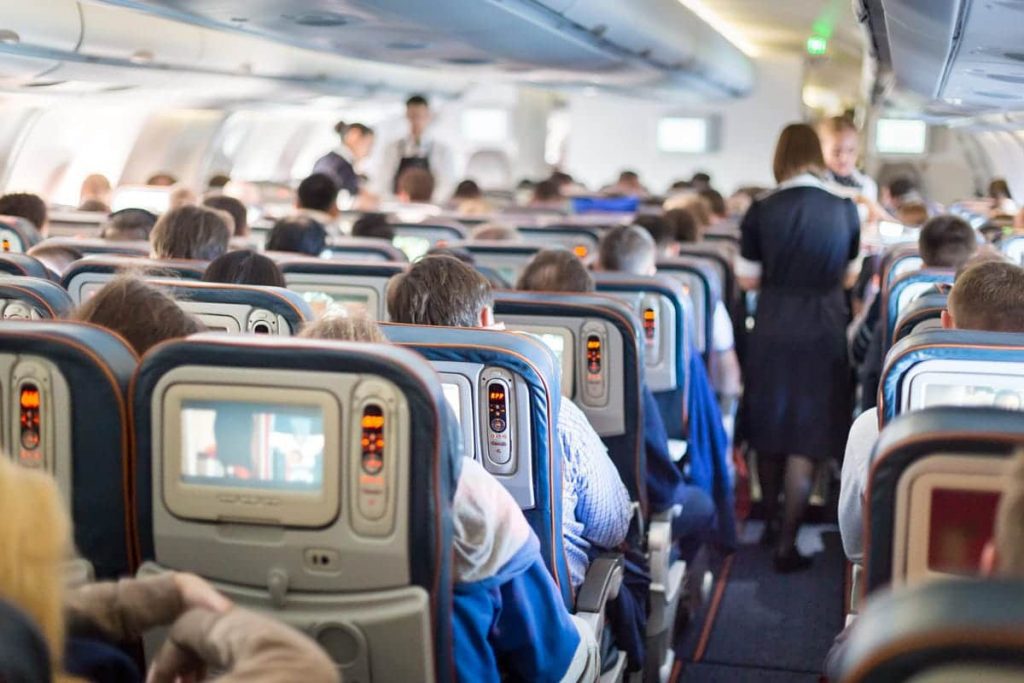
Class wars, crying babies, cramped seats, and no legroom A flying economy can indeed be a stairway to hell. Meanwhile, advertised with private seats, free-flowing champagne, chocolate-covered strawberries, and more, it’s no wonder that the experience of flying first class makes it onto many people’s bucket lists. The luxurious service offered in first class may seem like the perfect way to get the comfort you need on a long-haul flight, but is it at a sky-high price?
Well, compared to business class, usually the second-best type of ticket, it doesn’t show up, so there are a lot of features that you might think are exclusive to first-class flyers that many business travelers find readily available. Class Sections. Both the first class and business class cabins of many airlines receive high-quality multi-course meals, sometimes even offering fine china and glassware, as well as plush pillows and blankets. Many business-class cabins also offer free pajamas. Many airlines these days are investing in maximizing their business class services with the goal of eliminating first class altogether.
Really, the only noticeable difference between the two is that First Class offers a slightly larger seat that sometimes comes with your own personal suite, as well as some extras on the menu, like champagne and whiskey. However, the huge difference in price does not reflect the minimal difference in service. On average, a business-class ticket will cost about twice as much as a standard economy seat. Whereas for first class, you could be flying up to six times what you would pay for an economy fare.
10. SKY SLEEPERS
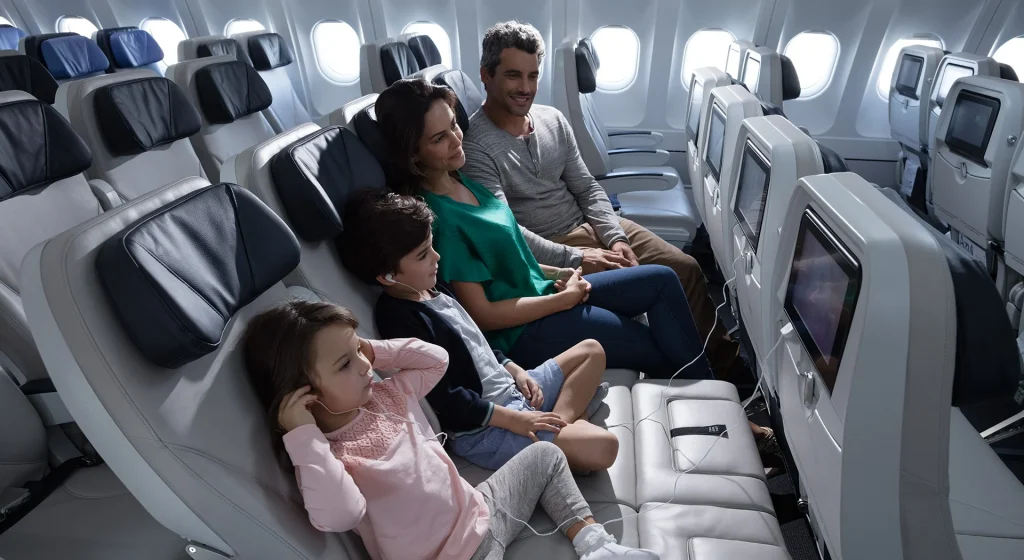
Sky Sleepers and long-haul flights can be pretty rough for passengers, but have you ever wondered how flight attendants always look so alert and stealthy? Well, the next time you’re on a long-haul flight, keep an eye out for a mysterious door that pops up. While it may look like a plain old storage closet, these doors actually lead to a completely secret room. Up a very narrow flight of stairs. Flight attendants will reach into what’s known as the comfort box,” which is reserved exclusively for cabin crew, to get a well-earned wink. These rest compartments are usually found in the overhead areas of long-haul aircraft, one for flight attendants and one for pilots. Each bed has a pillow and duvet, as well as a safety belt that must be fastened.
If a crew member decides to catch some Z Flight attendants have a set amount of rest per flight, known as controlled rest,” and when their break is over, their fellow cabin crew are notified via an intercom. They wake up. Give your crew members a taste of the high life and luxe private cabins for them to get some shut-eye, silk pillowcases included. Meanwhile, pilots often get their own personal quarters at the front of the plane, which usually have two spacious sleeping compartments as well as business class seats, a closet, and a bathroom. So, the next time you wonder where that cute flight attendant is while serving your drink, they may be right above your head, floating in a dream world.
Jokes aside, it is extremely important for aircrew, and pilots above all, to be well rested, as shown by some shocking statistics. Surprisingly, in a survey by the British Airline Pilots Association, 84 percent of pilots said their ability to fly was compromised by fatigue. And 56% actually admitted to falling asleep while in charge of a ship. In May 2021, there was even a pilot who fell asleep for 40 minutes. He made it 70 miles to his destination before waking up. And thankfully, the majority of commercial airplanes have an autopilot to maintain things like altitude. So pilots don’t have to be in full control of the plane for the entire flight, but it’s still incredibly dangerous for them to fall asleep in an emergency. And there will definitely be more.
11. DEATH DE-FLYING
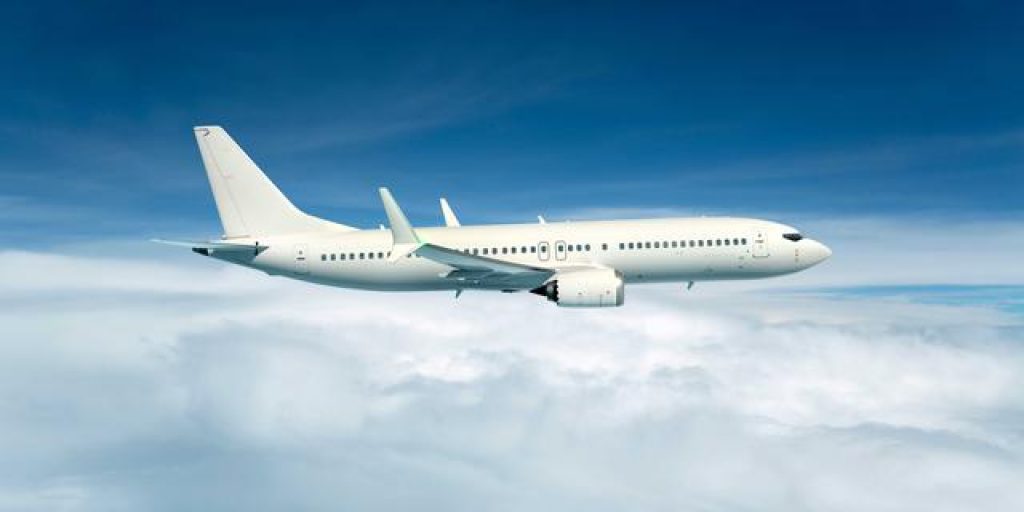
Death by flying, while it’s not something we like to think about, people die everywhere. And sometimes it can even involve 30,000 feet in the air. Although extremely rare, cabin crew must be prepared for an unfortunate in-flight incident. Death, if a traveler passes.
During the flight, the crew usually has to wait until the plane reaches its final destination to remove the body from the plane. Sometimes airlines offer a final upgrade to a bereaved passenger, moving them to a quieter first-class cabin. There is really no room to move the deceased passenger, then the cabin crew will cover the body with a blanket after making sure that they are strapped in to protect the other passengers. Singapore Airlines has improved on the old by hiding them under blankets to try not to stray, and specially installed to store an average-sized body in case of in-flight death.
Launched a fleet of Airbuses with compartments, known as Corpse Closets, which sounds exactly like a death metal band. These lockers were specially installed on the Airbus A340-500 model. This makes sense as these aircraft make the longest non-stop passenger flight in the world. To fly from Singapore to New York City’s John F. Kennedy International Airport.
People Like To Read Also This:
- 10 Unbelievable Natural Wonders In The World Travel In 2023
- Saudi Arabia’s Next Mega Projects: Which Are Beyond The Thought
- Top 10 Best Tips How To Apply Visitor Visa For US And Passed Interview in 2023
- 10 Places You Didn’t Know Existed, But Should Definitely Visit
Follow Us: Facebook | Instagram | Twitter | YouTube | Telegram | Google News
For the latest Travels News, Flights exclusives, Places, Best Foods, and more, follow the Mikaytravels website and YouTube channel, or head to our social media platforms like Twitter, Facebook, Instagram!



